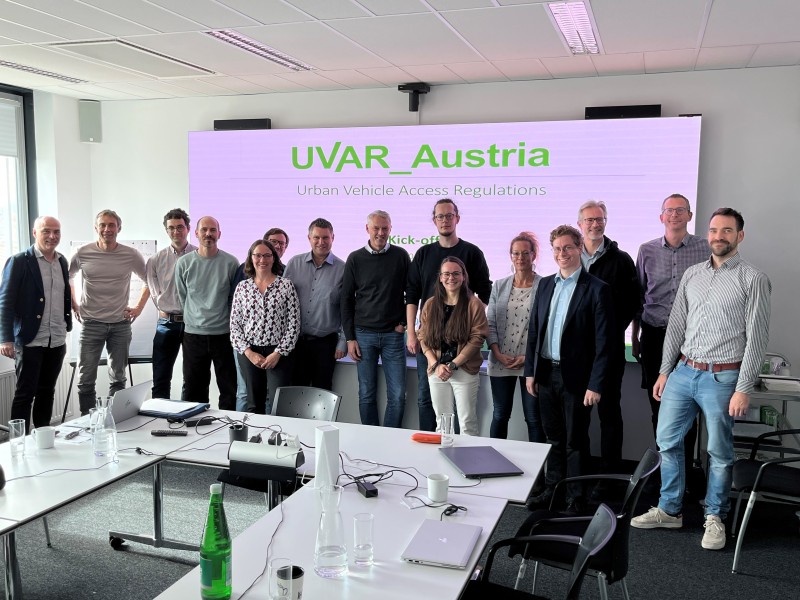UVARs: Urban Vehicle Access Regulations

to better regulate (access) traffic
Urban Vehicle Access Regulations – UVARs for short – help regulate traffic flow in and within specific areas, such as low-emission zones, parking regulations, congestion regulations, limited-traffic zones or pedestrian zones.
And UVARs are very promising. Access regulations are among the most effective tools for improving air quality, reducing congestion, promoting sustainable forms of mobility and shifting traffic. There is already good experience with UVARs; however, there is still potential for development in terms of their use, data availability and quality, and data transfer to road users - and also automated vehicles. This has also been recognized at EU level and the latest European regulations reflect the need to make digital information accessible via standardized interfaces via national access points for traffic data (NAP).
Based on this diagnosis, the aim of the UVAR_Austria project is to show ways to strengthen the Austrian ITS landscape to implement the EU requirements for Urban Vehicle Access Regulations. In this project, we are working out which vehicles or road users access can - or must - be restricted to, how this data can be made available digitally in a uniform manner and how process and data quality can be ensured.
Submitted as part of the call for tenders for the digital transformation in mobility 2023 and strategically embedded in the task of ensuring the basic supply of mobility-relevant data, in connection with the national implementation of the ITS Directive, UVAR_Austria was commissioned by the BMK and the Climate and Energy Fund as an R&D service. An interdisciplinary consortium from the spheres of law, transport and administration, led by PRISMA solutions, is devoting 18 months of work to the ambitious project: Salzburg Research, the Road Safety Board, ASFINAG, the Sigmund Freud Private University Vienna, Verkehrsauskunft Österreich and the Upper Austria University of Applied Sciences. Initial assessments have already taken place: the project kickoff was held with the first consortium meeting on October 11, 2024 at Verkehrsauskunft Österreich, VAO GmbH. By the end of March 2026, thanks to UVAR_Austria, recommendations for action, coupled with an implementation plan, will be available so that UVAR data can be reliably used in any service for road users in the future in accordance with EU requirements.

R&D services on behalf of
